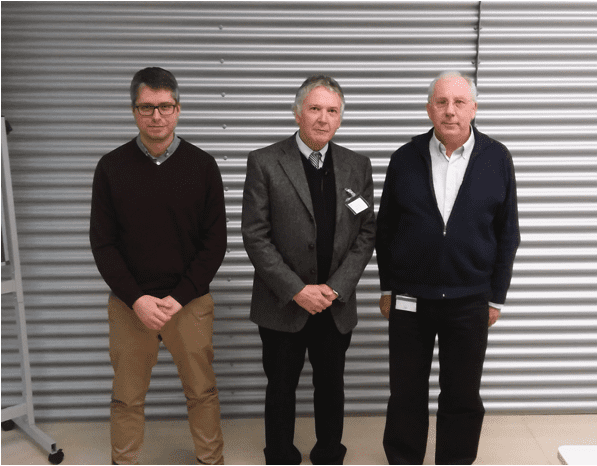
 09/02/2018
09/02/2018
 12:00
12:00
- Lecturer: Prof. Franz H. Kohnke
- University: Università degli Studi di Messina
Calixpyrroles: from anion-binding receptors to functional molecules and new potential drugs
Calixpyrroles are heterocyclophanes in which pyrrole units are connected at their 2,5-positions by quaternary carbons. The simplest member of this class of compounds, meso-octamethycalix[4]pyrrole, has been known for over a century, but interest in calixpyrroles rapidly developed from 1996, following the discovery of their ability to act as molecular receptors for anions. This ability has been exploited for a number of functions (selective recognition, transport, sensing, self-assembly of stimuli-responsive material, etc.).
This presentation tracks our contribution to the chemistry of calixpyrroles starting from the synthesis of expanded calix[n]pyrroles (n>4), to the more the recent development of a number of calixpyrrole derivatives for the construction of stimuli-responsive molecular-devices, molecular receptors and sensors for carboxylates, and as organocatalysts. The potential use of calixpyrroles for medical applications will also be presented. These include drug delivery systems in which the calixpyrrole component is a non-bioactive vector, as well as the discovery of interesting biological activities for certain members of this versatile class of macrocycles that were found to act as ligands of the GPER estrogen receptor, or to exhibit specific genotoxic properties towards several lines of cancer cells. This citotoxicity DOES NOT appear to be directly related to the upsetting of cell’s homeostasis (hence it is not linked to anion tranport).
Other events

Let's create a brighter future
Join our team to work with renowned researchers, tackle groundbreaking
projects and contribute to meaningful scientific advancements



















